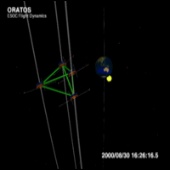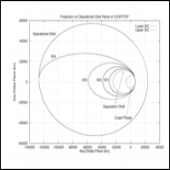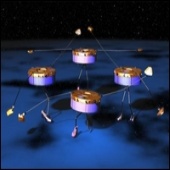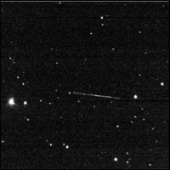ESA Science & Technology - News Archive
News archive
News archive
Published: 16 October 2000
Published: 28 September 2000
Published: 7 September 2000
Published: 30 August 2000
Published: 23 August 2000
Published: 21 August 2000
Published: 16 August 2000
Published: 14 August 2000
Published: 11 August 2000
Published: 9 August 2000
Published: 9 August 2000
Published: 9 August 2000
Published: 9 August 2000
Published: 9 August 2000
Published: 6 August 2000
Published: 1 August 2000
Published: 1 August 2000
Published: 26 July 2000
Published: 25 July 2000
Published: 21 July 2000
—
20 Items per Page




















